Recent advancements in GPS tracking technology have made GPS Trackers for Kids a hot commodity, with demand expected to rise significantly in 2025. This article provides an in-depth analysis of the essential factors business buyers need to consider, including performance, design, safety standards, and user experience. Get valuable insights to make informed purchasing decisions and meet the growing market needs effectively.
Table of Contents:
– Market Overview: GPS Trackers for Kids
– In-Depth Analysis of the GPS Trackers for Kids Market
– Strategic Insights and Recommendations
– Key Factors When Choosing GPS Trackers for Kids
– Advanced Features in Modern GPS Trackers for Kids
– Price Range and Budget Considerations
– Ensuring Compatibility with Other Devices and Systems
– Ensuring a Positive User Experience
Market Overview: GPS Trackers for Kids
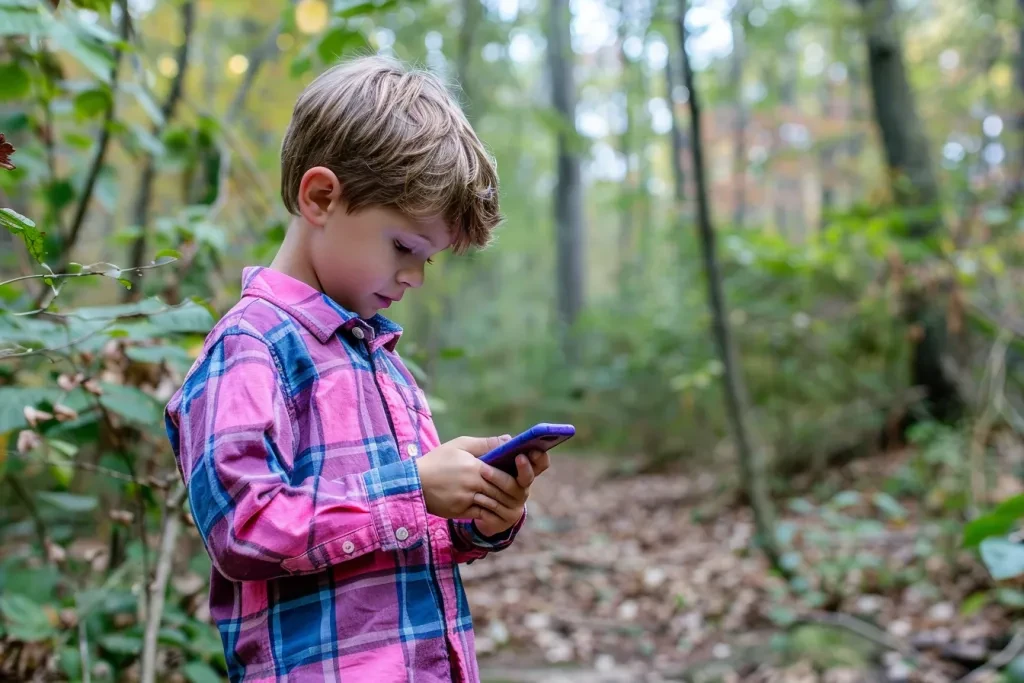
The GPS tracking device market has seen significant growth and innovation recently, with GPS trackers for kids showing notable potential. According to market analyses, the global GPS tracking device market is projected to grow from USD 3.12 billion in 2023 to USD 7.53 billion by 2030, at a compound annual growth rate (CAGR) of 13.41%. This growth is driven by rising safety concerns among parents, technological advancements, and increasing demand for real-time location tracking.
The market for children’s GPS trackers is particularly strong in North America and Europe, where high disposable incomes and technological readiness support their adoption. For example, the U.S. market was valued at USD 944.6 million in 2023 and is expected to continue growing robustly. The Asia-Pacific region, especially China, is also experiencing rapid growth, with forecasts indicating an 11.0% CAGR, reaching USD 1.2 billion by 2030.
Key players in the market, such as Atrack Technology Inc., CalAmp Corporation, and Geotab Inc., are focusing on developing user-friendly and secure GPS tracking solutions for children. These companies are investing in research and development to enhance the functionality and safety features of their products, addressing parental concerns and regulatory requirements. The integration of advanced technologies such as IoT, AI, and multi-constellation GNSS is expected to further drive market growth.
In-Depth Analysis of the GPS Trackers for Kids Market
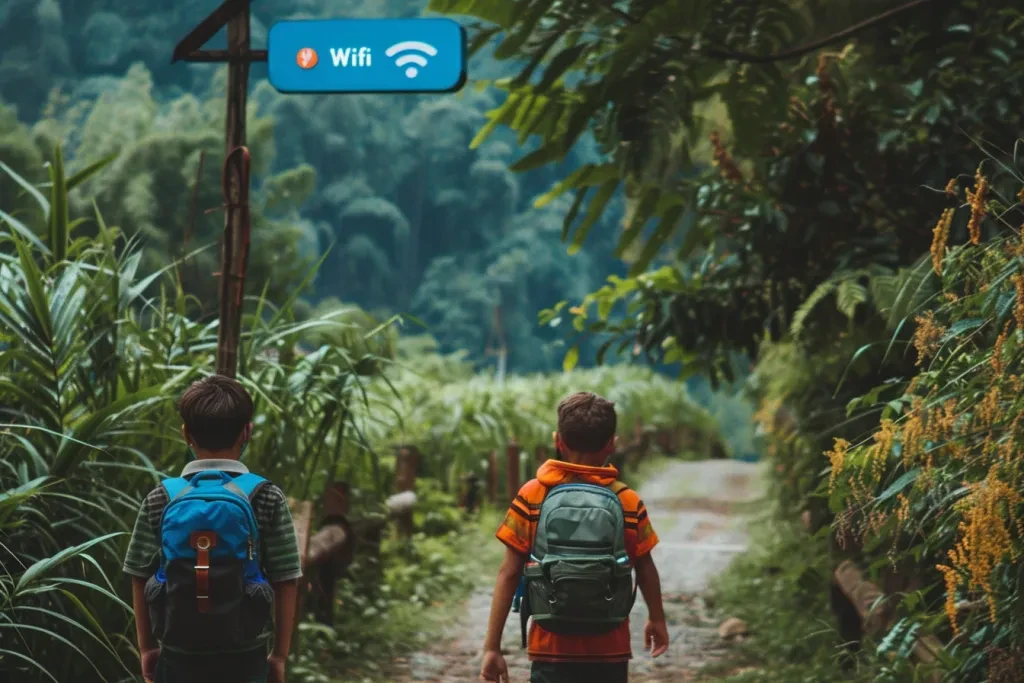
The GPS trackers for kids market is characterized by key performance benchmarks and market dynamics. One primary benchmark is location tracking accuracy, significantly improved through multi-constellation GNSS technology. This technology enables devices to access signals from multiple satellite systems, including GPS, GLONASS, Galileo, and BeiDou, ensuring precise positioning even in challenging environments.
Consumer behavior has shifted towards prioritizing safety and security, leading to increased demand for compact and easy-to-use GPS trackers for children. Parents are adopting these devices to monitor their children’s whereabouts in real-time, providing peace of mind and enhancing child safety. Seasonal demand patterns are evident, with higher sales typically observed during back-to-school periods and holidays.
Recent innovations include wearables with extended battery life, improved connectivity, and enhanced durability. For example, devices with IP67 waterproof and dustproof features are becoming popular, ensuring the trackers can withstand rough usage by children. Additionally, geofencing technology allows parents to set virtual boundaries and receive alerts if their child leaves a designated safe zone.
Distribution channels for GPS trackers for kids are diverse, ranging from online retail platforms to specialized electronics stores. Online channels have gained prominence due to convenience and a wide range of options available to consumers. Companies are also leveraging digital marketing strategies to reach a broader audience and educate parents about the benefits of GPS tracking devices for children.
Strategic Insights and Recommendations
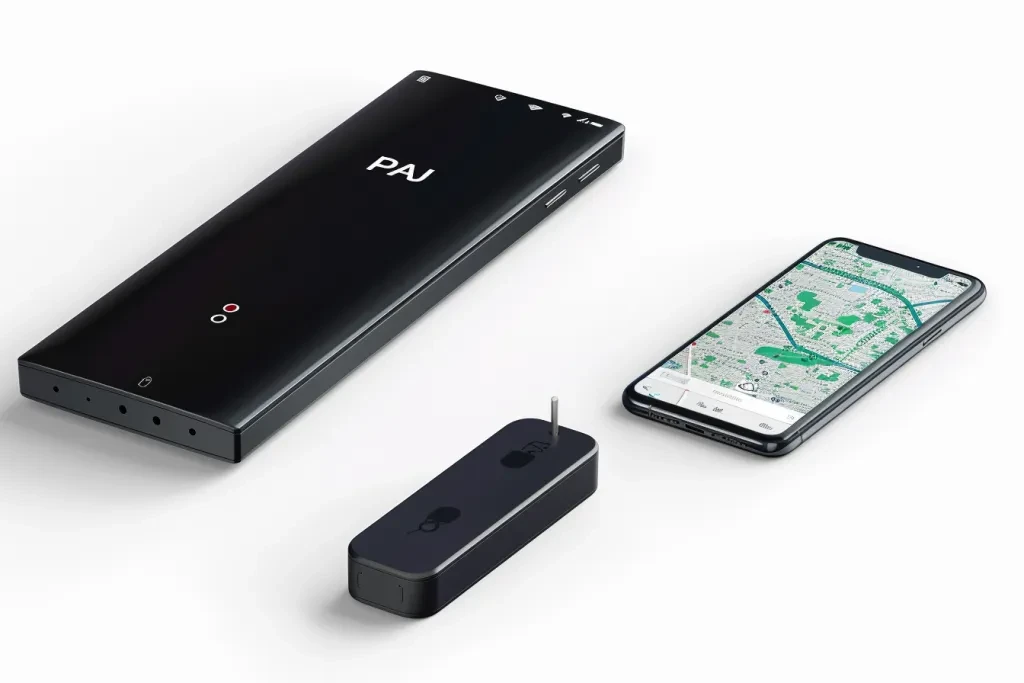
To succeed in the rapidly evolving GPS trackers for kids market, companies must focus on several strategic areas. Firstly, addressing customer pain points such as battery life, signal accuracy, and user-friendly interfaces is crucial. Innovations in energy-efficient designs and renewable energy sources, like solar charging, can enhance product appeal and usability.
Environmental regulations and data privacy concerns also influence market dynamics. Companies must ensure compliance with stringent regulatory standards and implement robust data security measures to protect user information. Educating consumers about these measures can build trust and drive adoption.
Brand positioning strategies should highlight the unique features and benefits of GPS trackers for kids, such as safety, reliability, and ease of use. Differentiation through advanced technology integration, like AI-powered analytics and real-time tracking capabilities, can provide a competitive edge. Additionally, exploring niche markets like pet tracking and elderly care can diversify revenue streams and expand market reach.
Key Factors When Choosing GPS Trackers for Kids
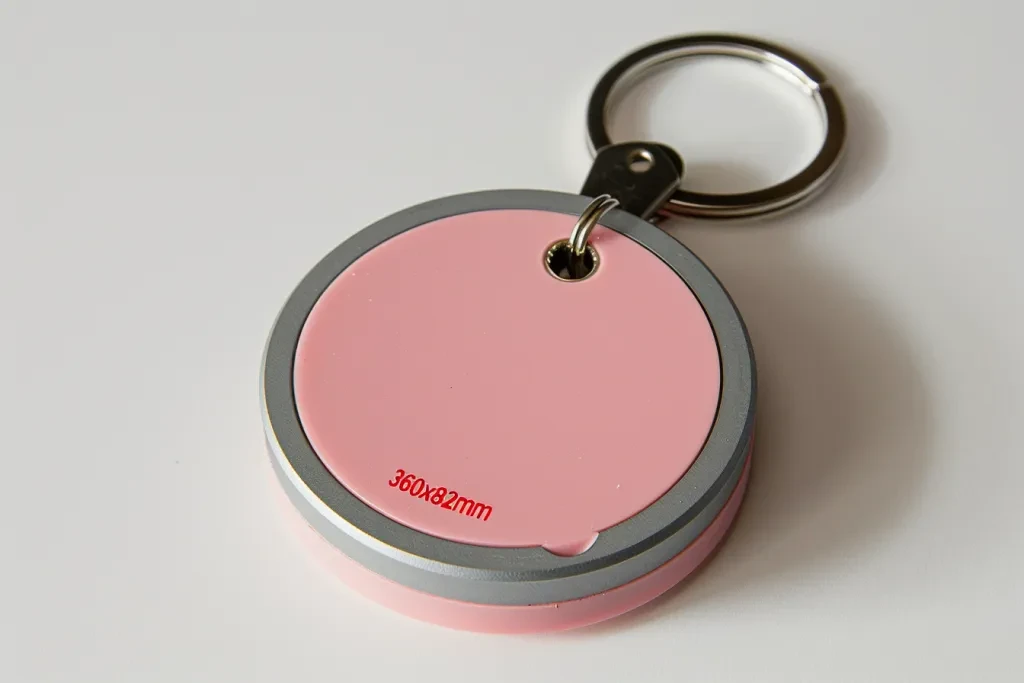
Selecting the right GPS tracker for kids is crucial for ensuring their safety and providing peace of mind for parents. The following sections delve into the most important factors to consider, including device performance, design, technical specifications, safety standards, and user experience.
Performance and Functionality
When evaluating GPS trackers for kids, performance and functionality are paramount. Key performance indicators include accuracy, battery life, and connectivity.
- Accuracy: A high-performing GPS tracker should provide precise location data. Devices leveraging both GPS and cellular networks tend to offer better accuracy. For example, devices like the Apple Watch for Kids use advanced GPS technology in conjunction with cellular data to ensure real-time location tracking.
- Battery Life: Battery life is critical, especially for devices intended for continuous use by children. A good GPS tracker should last at least 24 hours on a single charge under active use. Some models, like the Garmin Forerunner series, offer extended battery life, making them suitable for long-term tracking.
- Connectivity: Reliable connectivity is essential for accurate tracking and timely updates. Devices that support multiple connectivity options (e.g., GPS, Wi-Fi, and cellular) are preferable. The Apple Watch for Kids, for instance, integrates with cellular networks, providing consistent location data even in areas with poor GPS signals.
Design and Aesthetics
The design and aesthetics of GPS trackers for kids play a significant role in their usability and acceptance by children.
- Size and Fit: The tracker should be lightweight and comfortable for children to wear throughout the day. Devices like the Fitbit Charge 5 are designed with comfort in mind, featuring adjustable bands and lightweight materials.
- Durability: Kids are often active, so the GPS tracker must withstand rough usage. Devices made from durable materials such as silicone or reinforced plastic are ideal. The Apple Watch for Kids, for example, is built with robust materials that can endure daily wear and tear.
- Visual Appeal: Children are more likely to wear devices that they find visually appealing. Bright colors, fun designs, and customizable options can make the tracker more attractive to kids. The Fitbit Ace series offers a variety of colors and designs that cater to children’s preferences.
Technical Specifications
Technical specifications determine the overall capability and efficiency of the GPS tracker.
- Processor and Memory: A powerful processor ensures smooth operation and quick response times, while adequate memory supports the storage of location data and other functionalities. Devices like the Apple Watch for Kids are equipped with advanced processors that enhance performance.
- Display: A clear and easy-to-read display is essential for both parents and children. Some GPS trackers feature OLED or high-resolution LCD screens that provide sharp and vibrant visuals. The Garmin Forerunner 955, for example, boasts a full-color display that enhances readability.
- Sensors and Features: Additional sensors, such as accelerometers, heart rate monitors, and step counters, can provide valuable health and activity data. The Apple Watch for Kids includes a range of sensors that monitor physical activity and health metrics, offering comprehensive tracking beyond just location.
Safety Standards and Certifications
Ensuring the safety and compliance of GPS trackers is crucial for protecting children.
- Certifications: Look for devices that meet international safety standards and have relevant certifications, such as CE, FCC, and RoHS. These certifications indicate that the device has been tested for safety and environmental impact.
- Data Privacy: Protecting children’s data is paramount. Devices should comply with data protection regulations such as GDPR and COPPA. The Apple Watch for Kids, for instance, adheres to stringent data privacy policies to safeguard user information.
- Emergency Features: Features like SOS buttons and geofencing can enhance safety. The Apple Watch for Kids includes an Emergency SOS function, allowing children to quickly alert parents or emergency services if needed.
User Experience and Ease of Use
The user experience of GPS trackers for kids should be intuitive and user-friendly for both children and parents.
- Setup and Configuration: The initial setup should be straightforward, with clear instructions and minimal technical complexity. Devices like the Apple Watch for Kids can be easily set up using a parent’s iPhone, streamlining the process.
- App Integration: A companion app that provides real-time location updates, notifications, and historical data is essential. The app should be compatible with both iOS and Android devices. The Apple Watch for Kids integrates seamlessly with the Apple ecosystem, offering a user-friendly app for parents.
- Customer Support: Reliable customer support and a comprehensive warranty are important for addressing any issues that may arise. Look for devices that offer robust customer support options, including phone, email, and live chat.
Advanced Features in Modern GPS Trackers for Kids

Modern GPS trackers for kids come equipped with a range of advanced features that enhance their functionality and appeal.
Health and Fitness Tracking
In addition to location tracking, many GPS trackers now include health and fitness monitoring capabilities.
- Activity Monitoring: Trackers like the Fitbit Ace series measure steps, active minutes, and calories burned, encouraging children to stay active. Parents can monitor their child’s activity levels through the companion app.
- Sleep Tracking: Devices such as the Garmin Forerunner 955 offer sleep tracking features that monitor sleep patterns and provide insights into sleep quality. This can help parents ensure their children are getting adequate rest.
- Heart Rate Monitoring: Some advanced trackers include heart rate sensors that provide real-time heart rate data. The Apple Watch for Kids, for example, monitors heart rate and alerts parents if abnormal readings are detected.
Communication Capabilities
Communication features enhance the functionality of GPS trackers by allowing direct contact between parents and children.
- Calling and Messaging: Devices like the Apple Watch for Kids support calling and messaging, enabling children to stay in touch with their parents and approved contacts. This feature is particularly useful in emergencies or when parents need to communicate with their children.
- Voice Assistants: Some trackers integrate voice assistants like Siri or Google Assistant, allowing children to perform tasks using voice commands. The Apple Watch for Kids includes Siri, enabling children to set reminders, ask questions, and more.
- Two-Way Audio: Two-way audio functionality allows parents to listen in and communicate with their children directly through the tracker. This feature is often found in more advanced models and provides an additional layer of security.
Geofencing and Alerts
Geofencing and alert features provide added security by notifying parents of their child’s location and movements.
- Geofencing: Parents can set up virtual boundaries and receive alerts when their child enters or leaves designated areas. The Apple Watch for Kids supports geofencing, allowing parents to monitor their child’s movements and ensure they stay within safe zones.
- Real-Time Alerts: Instant notifications for events such as low battery, removal of the device, or entry into restricted areas are crucial for timely interventions. Devices like the Garmin Forerunner 955 offer real-time alerts to keep parents informed.
- Historical Tracking: Access to historical location data helps parents review their child’s movements over time. This feature is useful for understanding patterns and ensuring consistent safety.
Price Range and Budget Considerations
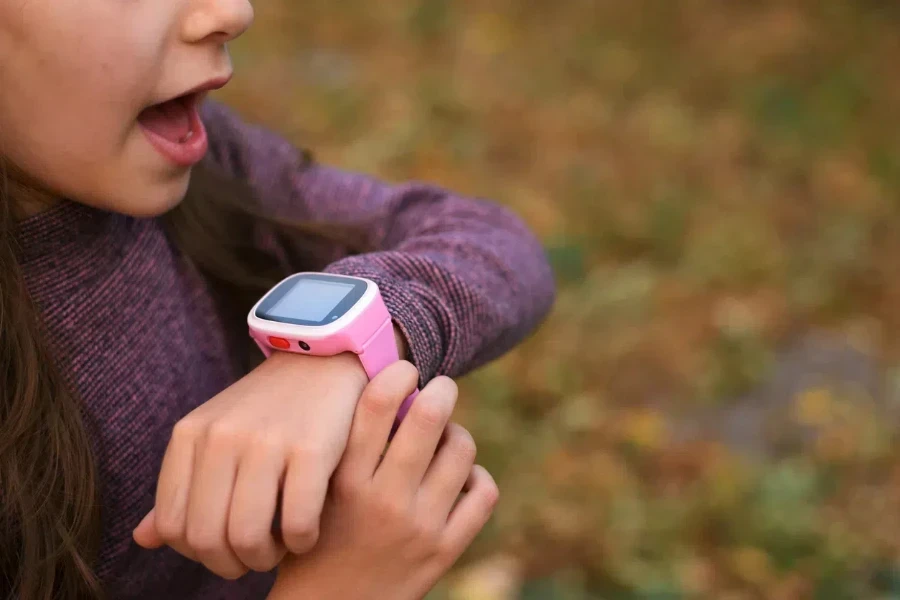
When selecting a GPS tracker for kids, it’s important to consider the price range and budget.
Entry-Level Options
Entry-level GPS trackers offer basic functionality at an affordable price.
- Features: These devices typically include essential features such as real-time location tracking, geofencing, and basic health monitoring. The Fitbit Ace series is a popular choice in this category, offering reliable tracking at a reasonable price.
- Cost: Entry-level trackers are generally priced between $50 and $100, making them accessible to a wide range of consumers. These devices provide good value for money while covering the essential tracking needs.
Mid-Range Options
Mid-range GPS trackers offer a balance between advanced features and affordability.
- Features: These devices include additional functionalities such as calling, messaging, and more advanced health monitoring. The Garmin Forerunner 955 is an example of a mid-range tracker that offers comprehensive tracking and communication features.
- Cost: Mid-range trackers are typically priced between $100 and $200. They provide a good mix of features and performance, making them suitable for parents who want more than just basic tracking.
Premium Options
Premium GPS trackers come with advanced features and superior build quality.
- Features: These devices offer top-of-the-line functionalities, including detailed health tracking, advanced communication capabilities, and robust safety features. The Apple Watch for Kids is a premium option that integrates seamlessly with the Apple ecosystem and offers a wide range of features.
- Cost: Premium trackers are generally priced above $200. While they come with a higher price tag, they offer the most comprehensive set of features and the best performance.
Ensuring Compatibility with Other Devices and Systems

Compatibility with other devices and systems is essential for seamless integration and optimal performance.
Device Compatibility
Ensure that the GPS tracker is compatible with the devices you and your child use.
- Operating Systems: Check if the tracker is compatible with both iOS and Android devices. The Apple Watch for Kids, for example, is designed to work with iPhones, providing seamless integration with the Apple ecosystem.
- App Support: The companion app should be available on the relevant app stores and should work smoothly on your devices. This ensures that you can access real-time updates and manage settings easily.
- Third-Party Integration: Some GPS trackers offer integration with third-party apps and services. This can enhance functionality and provide additional features. The Apple Watch for Kids, for instance, can integrate with various health and fitness apps available on the App Store.
Future Upgrade Potential
Consider the potential for future upgrades and compatibility with newer technologies.
- Firmware Updates: Regular firmware updates ensure that the device remains secure and up-to-date with the latest features. Check if the manufacturer provides regular updates and support for the device.
- Expandable Features: Some devices offer expandable features through software updates or additional accessories. This can extend the lifespan of the tracker and provide new functionalities over time.
- Compatibility with New Technologies: Ensure that the tracker is compatible with emerging technologies and standards. This ensures that the device remains relevant and functional as new advancements are made.
Ensuring a Positive User Experience
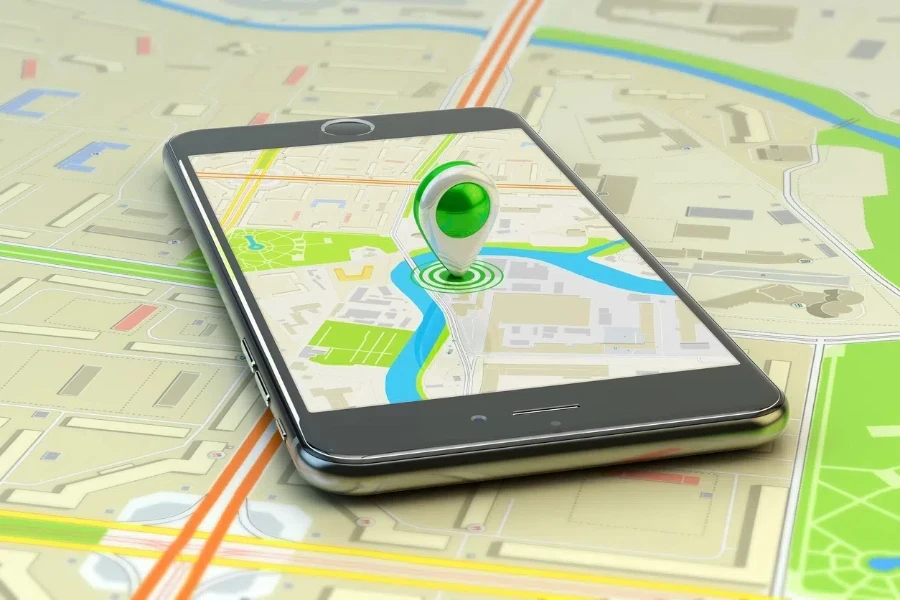
A positive user experience is crucial for both parents and children when using GPS trackers.
Initial Setup Complexity
The initial setup process should be straightforward and user-friendly.
- Clear Instructions: The device should come with clear and detailed instructions for setup. This includes step-by-step guides and visual aids to assist with the process.
- Easy Configuration: Configuring the device and connecting it to the companion app should be simple and quick. Devices like the Apple Watch for Kids offer intuitive setup processes that can be completed in a few minutes.
- Customer Support: Reliable customer support is essential for addressing any issues that may arise during setup. Look for devices that offer comprehensive support options, including phone, email, and live chat.
Ongoing User Experience
The ongoing user experience should be seamless and enjoyable for both parents and children.
- Intuitive Interface: The device and companion app should feature an intuitive interface that is easy to navigate. This ensures that both parents and children can use the device without frustration.
- Regular Updates: Regular software updates can enhance the user experience by adding new features and improving performance. Ensure that the manufacturer provides consistent updates and support.
- Engaging Features: Features that engage and motivate children, such as activity challenges and rewards, can enhance the overall experience. Devices like the Fitbit Ace series offer fun and interactive features that keep children engaged.
Customer Support and Warranty
Reliable customer support and a comprehensive warranty are important for addressing any issues that may arise.
- Support Options: Look for devices that offer multiple support options, including phone, email, and live chat. This ensures that you can get help quickly and efficiently.
- Warranty: A good warranty provides peace of mind and protection against defects. Check the warranty terms and ensure that it covers the essential components of the device.
- Return and Refund Policy: A flexible return and refund policy allows you to return the device if it does not meet your expectations. Ensure that the manufacturer offers a reasonable return period and clear terms for refunds.
Final Thoughts
In summary, selecting the right GPS tracker for kids involves considering various factors such as performance, design, technical specifications, safety standards, and user experience. By evaluating these aspects, parents can choose a device that meets their needs and provides reliable tracking and safety features for their children.



